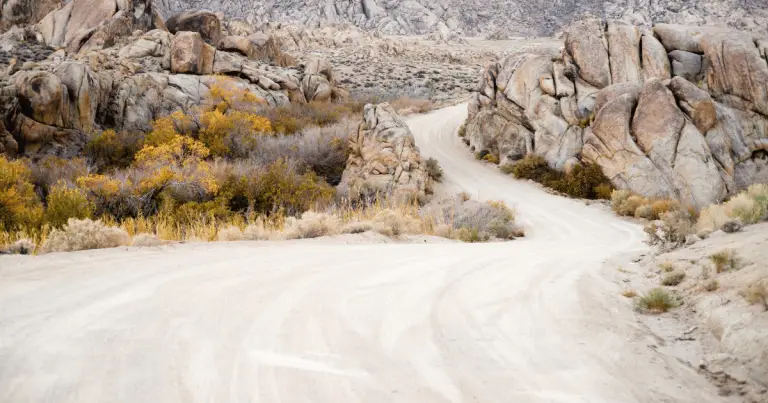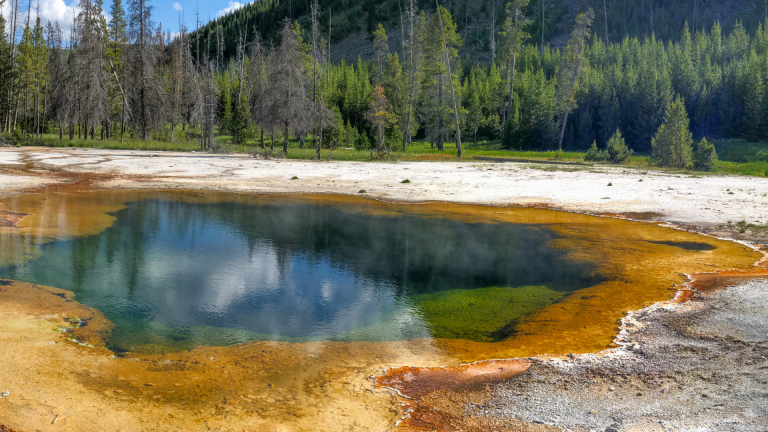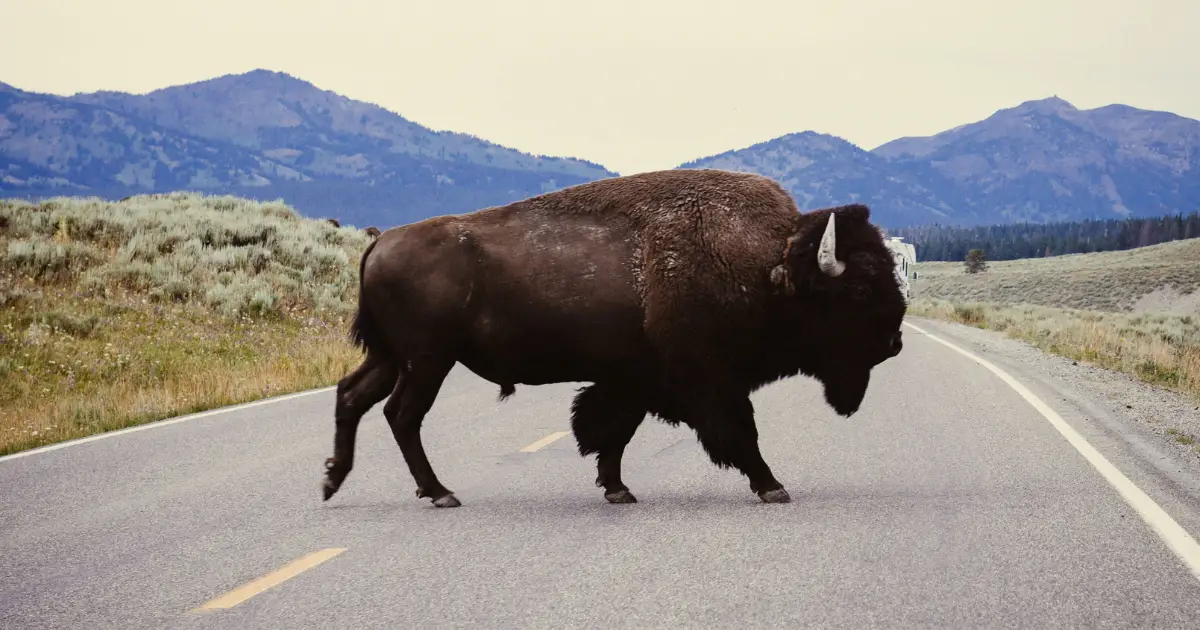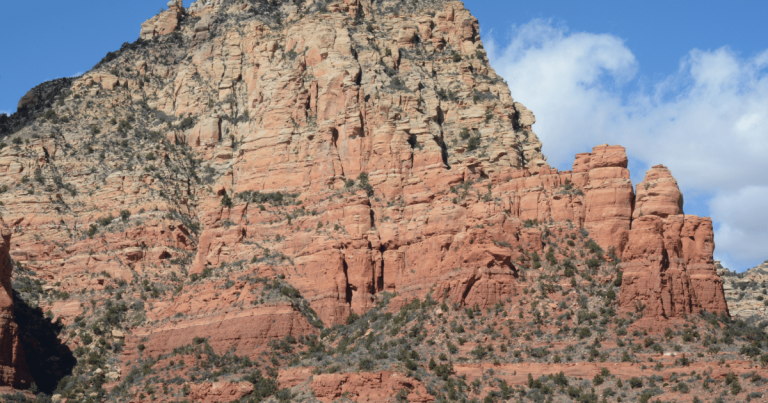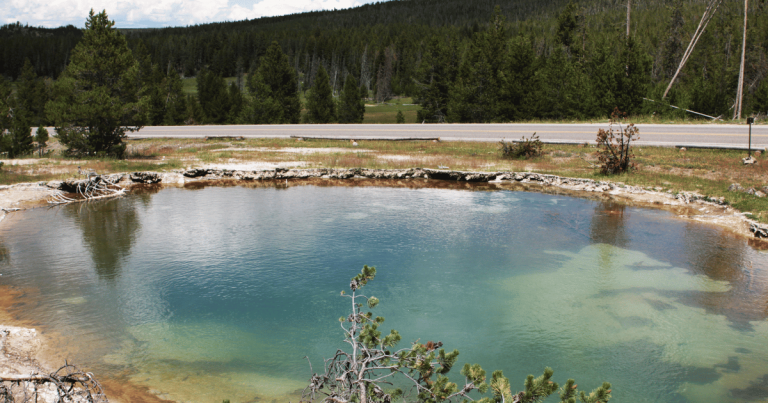Everything You Need to Know About Fires in Lake Tahoe
Lake Tahoe, straddling the border of California and Nevada, is renowned for its stunning natural beauty. With its crystal-clear water, lush forests, and majestic mountains, it’s no surprise that it’s a hotspot for tourists. However, this beauty has been under threat in recent years due to devastating wildfires.
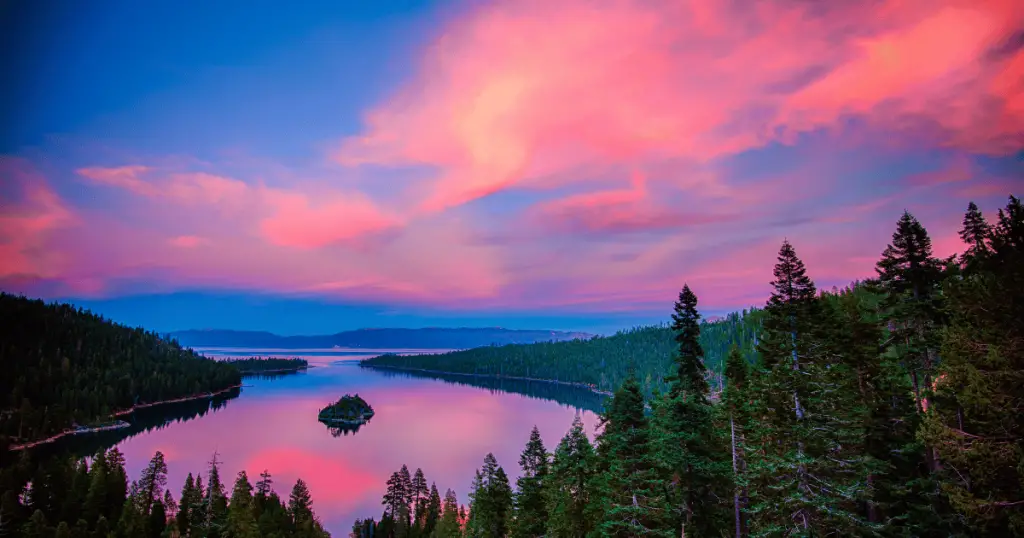
It poses not only a threat to the natural environment but has also marked significant risks to the local communities and the thousands of visitors who flock to this popular tourist destination each year. The fires in Lake Tahoe have sparked a wider conversation about fire management practices and the need for sustainable tourism to protect this iconic landscape for future generations.
Historical Wildfires in Lake Tahoe
The history of wildfires in Lake Tahoe is a telling tale of nature’s wrath and resilience. One of the most significant events was the Angora Fire in 2007, which consumed more than 3,100 acres and destroyed over 250 homes, marking it as one of the most destructive wildfires in the region’s history. The event resulted in a vivid demonstration of the ravages of uncontrolled wildfire and forced a reevaluation of fire management practices in the area.
The Gondola Fire in 2002, although smaller in scale, left a significant impact due to its proximity to populated areas and key tourist attractions. The fire underscored the potential risk posed by tourist activities and led to stricter regulations around campfires and other potential ignition sources.
Lessons learned from these events have shaped the current fire management practices in Lake Tahoe. The focus has shifted towards proactive measures such as controlled burns and forest thinning to reduce the intensity and impact of wildfires. Despite these efforts, the threat of wildfires continues to loom large over Lake Tahoe, making it imperative to continue exploring sustainable solutions to this ongoing challenge.

Understanding Wildfire Risk in Lake Tahoe
The risk of wildfires in Lake Tahoe is a complex interplay of climate, vegetation, and human activities. The region’s climate, characterized by hot, dry summers and limited precipitation, creates an environment conducive to fire ignition and spread. Extended periods of drought further exacerbate the situation, leaving vegetation parched and prone to combustion.
The dense forests of Lake Tahoe, dominated by conifers like pines and firs, serve as abundant fuel for wildfires. These trees contain resin, which can ignite easily and burn intensely, escalating the severity of wildfires. Additionally, the buildup of deadwood and underbrush on the forest floor can further intensify fires, making them harder to control.
Human activities significantly influence wildfire risk in Lake Tahoe. The area’s popularity as a tourist destination means frequent human interaction with the environment, increasing the chances of accidental fire outbreaks from unattended campfires or discarded cigarette butts. Furthermore, urban development encroaching on forested areas, often referred to as the wildland-urban interface, increases the risk and potential damage to wildfires.
Climate Change and Wildfires in Lake Tahoe
Climate change has a significant role in escalating wildfire risk, and these implications are clearly visible in the Lake Tahoe region. Rising global temperatures, propelled by human-induced greenhouse gas emissions, have resulted in warmer, drier conditions that are ideal for wildfires. For Lake Tahoe, these changes have meant shorter winters, earlier snowmelt, and longer periods of dry, fire-prone conditions.
Higher temperatures exacerbate evaporation rates, leading to parched landscapes that easily ignite and fuel wildfires. Furthermore, the warmer climate extends the fire season, providing a larger window for wildfires to occur. It’s not just the frequency, but also the intensity and size of fires which are affected. Warmer conditions help fires to spread faster and burn more fiercely.
Climate change also affects the region’s unique ecosystems, altering habitats and affecting the health of forests. For example, drought and heat stress weaken trees, making them more susceptible to pests like bark beetles. These pest infestations lead to an increase in dead trees, adding to the fuel load and exacerbating fire risks.
The effects of climate change on wildfires present a significant challenge for Lake Tahoe, threatening its natural beauty, local communities, and tourism industry. These changes underscore the urgency of addressing climate change and developing adaptive, sustainable approaches to wildfire management in the region.

Outdoor Recreation Safety: Wildfire Measures in Lake Tahoe
Whether you are camping, hiking, or boating in Lake Tahoe, it is essential to prioritize safety to protect both yourself and the surrounding environment from the risk of wildfires. Here are some key wildfire safety measures to keep in mind while enjoying outdoor activities in Lake Tahoe.
Camping Safety
Always use designated campfire sites and ensure that your campfire is completely extinguished before leaving it unattended. Avoid lighting campfires during high wind conditions, and never leave flammable materials near the fire.
Hiking Safety
While hiking, stick to marked trails to avoid trampling vegetation. Abide by all posted signs, especially those related to fire safety. Do not discard cigarette butts or light fires in non-designated areas. Always keep a watchful eye on the weather conditions; if it’s particularly dry or windy, it’s best to minimize activities that could potentially spark a fire.
Boating Safety
For boaters, ensure that your engine and fuel systems are operating correctly to prevent any potential sparks or leaks that could ignite a fire. Avoid throwing any form of litter, especially glass, which can magnify the sun’s rays and potentially start a fire.
Community Collaboration: Tackling Wildfire Challenges Together in Lake Tahoe
In the face of escalating wildfire risks, Lake Tahoe has witnessed inspiring examples of community collaboration, where government agencies, nonprofit organizations, and local residents come together to protect and preserve their shared environment.
One notable initiative is the Lake Tahoe Basin Management Unit (LTBMU), a component of the U.S. Forest Service. The LTBMU coordinates with local, state, and federal agencies to implement extensive fuel reduction projects and manage forest health. This collaborative effort has resulted in the successful treatment of thousands of acres of public lands, reducing wildfire risks and preserving the area’s natural beauty.
Nonprofit organizations also play a critical role. The Tahoe Resource Conservation District (Tahoe RCD), for instance, works closely with homeowners to create defensible spaces around properties, significantly reducing the potential for property loss during wildfires. Tahoe RCD also collaborates with other agencies to implement measures like controlled burns to manage forest health and wildfire risks.
The community’s involvement is pivotal. Groups like the Lake Tahoe Fire Safe Council engage residents in proactive wildfire prevention measures. They conduct property inspections, organize community chipping programs, and offer educational resources to raise awareness about wildfire safety. These community-led efforts have resulted in increased individual responsibility and collective action towards wildfire mitigation.
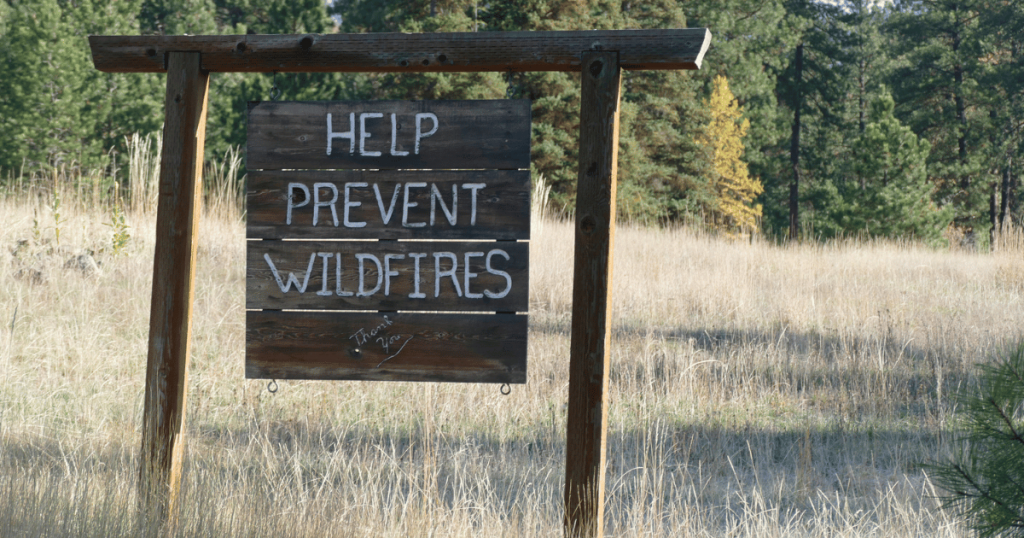
Government Policies and Regulations: Wildfire Prevention, Mitigation, and Recovery Efforts in Lake Tahoe
Local and state policies play a vital role in wildfire prevention, mitigation, and recovery in Lake Tahoe. At the state level, California’s forest management policies have evolved to address the escalating wildfire risks. For instance, the “California Vegetation Treatment Program” aims to treat approximately 250,000 acres of non-federal land annually to decrease the severity and spread of wildfires.
Locally, the Lake Tahoe Regional Fire Chiefs Association has developed the “Lake Tahoe Basin Wildfire Protection Plan.” This plan outlines strategies and projects to reduce wildfire risks in the Basin, focusing on critical areas such as improving defensible space compliance, enhancing evacuation readiness, and increasing the pace and scale of forest restoration.
In addition, the “California Fire Safe Council” grants program aids communities in implementing their wildfire protection plans. It offers funding for projects related to hazardous fuel reduction, fire prevention education, and training.
Building regulations in Lake Tahoe have also been modified to incorporate fire-resistant materials and designs. The “Defensible Space Inspection Program” mandates homeowners to create defensible spaces, and properties must pass an inspection before any property sale.
During the recovery phase, California’s “Disaster Assistance Act” provides financial aid to local governmental entities to help restore facilities damaged by fires. The “California Disaster Assistance Program” also offers support to individuals and businesses affected by wildfires.
Final Thoughts
Fires in Lake Tahoe are a serious problem that requires everyone’s cooperation to mitigate. But by staying educated, prepared, and diligent, we can work together to reduce the risks of a catastrophic wildfire outbreak. Next time you visit Lake Tahoe, make sure to take fire safety measures seriously – doing so could save lives and prevent the destruction of this stunning natural landscape.


